√ダウンロード aortic valve sinuses of valsalva 331469-What is the sinus of valsalva
· The aortic root at the sinuses of Valsalva was dilated, measuring about 54 cm in diameter (Figure 4) Echocardiogram showed a tricuspid aortic valve As the patient had a focal aneurysm with a normal tricuspid aortic valve with no aortic insufficiency, he underwent successful resection of the thrombus with a pericardial patch repair of the SOVA When possible,Stress analysis of the aortic valve with and without the sinuses of Valsalva J Heart Valve Dis 01; * Salica A, Pisani G, Morbiducci U, Scaffa R, Massai D, Audenino A, Weltert L, Wolf LG, De Paulis R The combined role of sinuses of Valsalva and flow pulsatility improves energy loss of the aortic valve Eur J Cardiothorac Surg 16;–7 Sinus Loukas M, Bilinsky E, Bilinsky S · Sinus of Valsalva is the aortic root area between the aortic valve annulus and the sinotubular ridge Normally, it has a diameter of up to 40 cm in men and 36 cm in women and contains the coronary ostia 1 The aortic valve normally has three cusps named left coronary, right coronary and noncoronary cusps 2
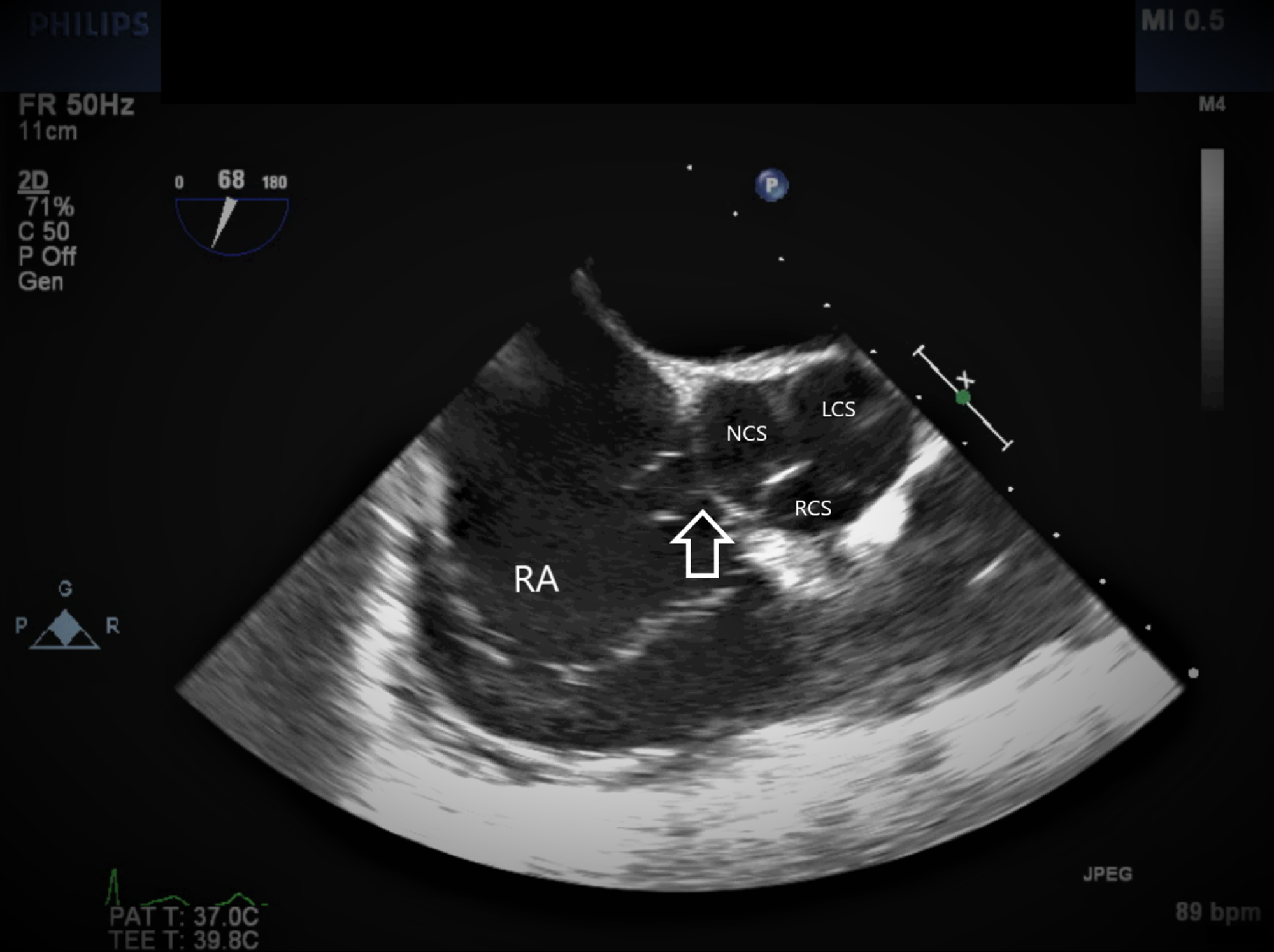
Cureus A Short Case Report On Ruptured Sinus Of Valsalva Aneurysm
What is the sinus of valsalva
What is the sinus of valsalva- · Transcatheter aortic valve replacement improves mortality and healthrelated quality of life in patients with severe symptomatic aortic stenosis 1 Sinus of Valsalva Aneurysm (SVA) has the potential for rupture, thrombosis, and it may worsen aortic valve regurgitation after valve deployment 2 The presence of SVA complicates procedural planning and the optimum strategy0311 · Ruptured sinus of Valsalva aneurysm (SVA) is a rare cardiovascular disease in which some patients exhibit aortic valve insufficiency SVA repair and valve replacement are usually required for treatment Here, we report 5 cases of ruptured SVA with severe postanaesthesia aortic regurgitation (AR) To the best of our knowledge, this is the first report of ruptured SVA



1
· Endocarditis After Transcatheter Aortic Valve Replacement VT from the Aortic Sinus of Valsalva Abstract & Commentary Synopsis A significant proportion of patients with outflow tract tachycardia have initiation from a site reachable from the aortic sinus of Valsalva Mapguided radiofrequency ablation can effectively eliminate these arrhythmias Source · In patients presenting with aortic valvulopathy with concomitant ascending aortic aneurysm, surgical management of the sinus of Valsalva segment remains undefined, especially for moderately dilated aortic roots In patients with this pathology undergoing aortic valve replacement with supracoronary ascending aorta replacement, we assessed the fate of the remnant preservedThe sinus of Valsalva, more readily known as the aortic sinus, refers to the three pouches behind the valves of the heart, known as the semilunar valves, which come from the aorta These pouches catch the blood that comes back into the heart and cause the valves to close This stops blood from going back into the chambers of the heart
CONCLUSIONS Ascending aorta and Valsalva sinuses seem to have different fates after AVR in BAV disease When the Valsalva sinuses are not dilated at the initial surgery, the risk of secondary dilatation at 10 years is low Preservation of the sinuses is therefore justified in patients with BAV with a nondilated root In BAV with isolated aortic insufficiency, a more aggressive approachThe sinuses of Valsalva are outward pouches within the aortic root where the coronary arteries arise from They act as a reservoir of blood to supplement the coronaries during diastole During systole, the outward pouches act as support for the leaflet cuspsAortic sinuses Anatomy of the aortic valvar complex An aortic sinus, also called the sinuses of Valsalva is one of the anatomic dilatations of the ascending aorta, which occurs just above the aortic valve These widenings are between the wall of the aorta and each of the three cusps of the aortic valve There are generally three aortic sinuses
· I have just been told that I have an enlarged sinus of valsalva of 5cms I have my aortic valve replaced 4 years ago so I have been told it's highly likely I will need another open heart surgical procedure to repair it Very disappointing I am seeing the heart Surgeon in January and I am writing to see how you are getting on now Best wishes · The sinuses of valsalva also known as aortic sinuses are the anatomic spaces at the aortic root bounded internally by the aortic valve leaflets and externally by outward bulges of the aortic wall The sinuses of valsalva are dilations related to both the aortic root of the ascending aorta and the root of the pulmonary trunk · Zscores of the aortic root (aortic annulus, sinuses of Valsalva, sinotubular junction, and ascending aorta) are commonly reported for conditions such as Marfan syndrome, bicuspid aortic valve, and Kawasaki disease This calculator consolidates the reporting of zscores and reference ranges for the aortic root, based on numerous available publications (Also see this




Sinus Of Valsalva Aneurysms Review Of The Literature And An Update On Management Weinreich 15 Clinical Cardiology Wiley Online Library




Transcatheter Aortic Valve Replacement In A Sinus Of Valsalva Aneurysm Circulation Cardiovascular Imaging
0801 · Performing valvesparing by applying a remodeling technique operation completed with annuloplasty reduces aortic valve insufficiency, avoiding sideeffects related to implanted valves Sinus of Valsalva aneurysm (SVA) is an uncommon cardiac anomaly, with an incidence of less than 1% of open heart surgery cases Its evolution is most frequently silent, being found · Role of the sinuses of Valsalva on the opening of the aortic valve Methods Two molds of sintered resin with a diameter of 25 mm, 1 with and 1 without sinuses of Valsalva, were prepared Results The pressure decrease across the valve and EOA at each CO value is shown in Figure 3, Figure 4 for theWe report a rare case of ruptured aortic sinus of valsalva aneurysm into the main pulmonary artery Sinus of valsalva aneurysm rupturing into main pulmonary artery A rare paediatric cardiac emergency It is mostly due to anatomical factors including low coronary ostia and shallow sinuses of Valsalva (SOV) and with valve in valve (VIV) for surgical bioprosthesis Successful Coronary
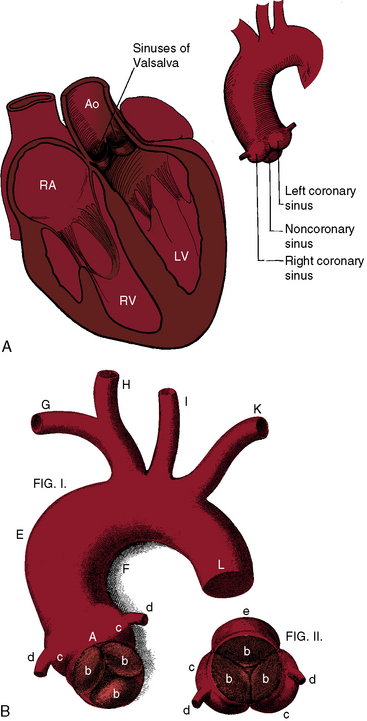



Congenital Aneurysms Of The Sinuses Of Valsalva Thoracic Key




Sinus Of Valsalva Anatomy Anatomy Drawing Diagram
Synonym Sinus Valsalvae 1 Definition Die drei Sinus aortae sind die Räume, die von den drei Taschen der Aortenklappe eingefasst werden Sie sind auch als Sinus Valsalvae bekannt und formen in ihrer Gesamtheit den Bulbus aortae 2 Anatomie Aus den Sinus aortae entspringen die Herzkranzgefäße Aus dem rechten Sinus aortae der Valvula semilunaris dextra entspringt dieThe aortic valve had four leaflets, with the right leaflet function compromised by the ruptured sinus, causing aortic regurgitation The patient underwent resection of the sinus aneurysm and aortic valve replacement with a bioprosthetic valve Quadricuspid aortic valves are uncommon and are rarely associated with sinus of Valsalva aneurysmAortic Valve and Root Anatomy HeadsUp and HandsOn William F Northrup III, MD TSDA Boot Camp University of North Carolina Chapel Hill, NC September 11, 14 Aortic Root Anatomy Rationale Ann Thorac Surg 1995 Aortic Valve and Root Short Axis L R N Aortic Valve and Root Anatomy Longitudinal Section Annulus Sinotubular junction Sinus of Valsalva Aortic valve cusp Aortic




Anatomy And Pathophysiology Of The Ventriculo Aortic Junction Implication In Aortic Valve Repair Surgery De Kerchove Annals Of Cardiothoracic Surgery




A Case Of Sinus Of Valsalva Aneurysm Rupture In A Patient With Bicuspid Aortic Valve Case
Background and aim of the study In some patients with dilated aortic root, attempts have been made to replace the aorta and preserve the anatomically normal leaflets The tubular Dacron graft used in the valvesparing procedure does not have the sinuses of Valsalva, and therefore might adversely affect the valve The effect of the presence or absence of the sinuses was investigatedThe sinuses of Valsalva, also known as aortic sinuses, are the anatomic spaces at the aortic root bounded internally by the aortic valve leaflets and externally by outward bulges of the aortic wall The normal sinus diameter upper limit is usually taken as 40 mm (with some publications suggesting 36 mm for females) 1Objectives Normal aortic valve opening and closing movement is a complex mechanism mainly regulated by the blood flow characteristics and the cyclic modifications of the aortic root Our previous in vitro observations demonstrated that the presence of the Valsalva sinuses, independently from root compliance, is important in reducing systolic pressure drop across the aortic valve




Sinus Of Valsalva Aneurysms Review Of The Literature And An Update On Management Weinreich 15 Clinical Cardiology Wiley Online Library




Aneurysm Of Sinus Of Valsalva Wikipedia
Aortic Root Dilatation at Sinuses of Valsalva and Aortic Regurgitation in Hypertensive and Normotensive Subjects The Hypertension Genetic Epidemiology Network Study Vittorio Palmieri, Jonathan N Bella, Donna K Arnett, Mary J Roman, Albert Oberman, Dalane W Kitzman, Paul N Hopkins, Mary Paranicas, DC Rao, Richard B Devereux Abstract—The association of sinuses of ValsalvaAn aortic sinus, also known as a sinus of Valsalva, is one of the anatomic dilations of the ascending aorta, which occurs just above the aortic valve These widenings are between the wall of the aorta and each of the three cusps of the aortic valveIntroduction A sinus of Valsalva aneurysm (SVA) is a relatively rare cardiac disease, which may be congenital or acquired ()The congenital form is frequently associated with a ventricular septal defect (VSD), aortic valve dysfunction, and/or other cardiac abnormalitiesIt can become complicated with rupture or infection (25)Although all three aortic sinuses can rupture, the right aortic
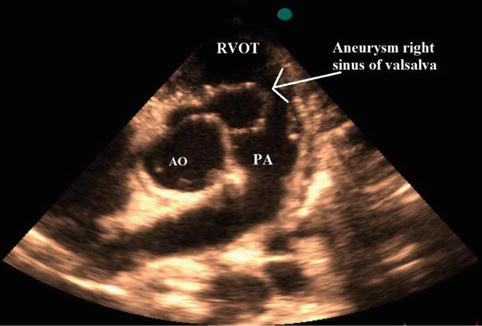



Sinus Of Valsalva Aneurysm And Fistula Springerlink




Ascending Aortic Aneurysms Thoracic Key
The sinuses of Valsalva are defined as the pouches between the aortic wall and each of the semilunar cusps of the aortic valves at the origin of the ascending aorta Fig1 These lie behind the flaps of the semilunar valves Three sinuses are named as the left, right and noncoronary sinus In addition, the first two sinusesThe concomitant presence of abnormal connection from three aortic valsalva sinuses to cardiac chambers is a rare complication of native aortic Brucella endocarditis This case report presents a 37yearold Iranian female patient who had native aortic valve Brucella endocarditis complicated by periannular abscess formation and subsequent perforation to multicardiac chambers · Antonio Maria Valsalva, anatomist and pathologist, was born in 1666 in the historic EmiliaRomagna region of northern Italy The sinuses that bear Valsalva's name consist of three small outpouchings in the wall of the aorta immediately above the




Bicuspid Aortic Valve And Unruptured Sinus Of Valsalva Aneurysm A Rare Association International Journal Of Cardiology




Sinus Of Valsalva
The sinuses of Valsalva are dilated cavities between the aortic leaflets and the ascending aortic wall They are subdivided into the left, right and posterior sinuses The sinuses are characterized structurally by their bulging shape protruding into the aortic wall · B) CMR short axis view (TrueFISP) obtained just above the aortic valve plane demonstrating sinus of Valsalva aneurysm with aneurysmal dilatation of the right coronary sinus (arrow) C,D) An eccentric jet of flow directed eccentrically by the domed aortic valve leaflet (black arrow) into the right coronary sinus (white arrow)0709 · Aortic valve and root length/diameter were measured at four levels (1) aortic annulus diameter (hinge points of the aortic cusps), (2) sinuses of Valsalva diameter, (3) sinotubular junction (STJ) diameter, (4) ascending aorta diameter (05 cm beyond STJ), (5) valve coaptation length and (6) annulusleaflet tip length (vertical height from annulus to leaflet tips of




Rupture Of Sinus Of Valsalva With Endocarditis And Aortic Root Abscess




Aortic Stenosis Iame
· Native aortic valve thrombosis is an uncommon condition with scarce data limited to case reports in the medical literature In this case we describe a 52yearold man who presented with acute limb ischemia secondary to sinus of Valsalva thrombusThe aortic sinuses of Valsalva sit squarely within the crescentshaped posterior region of the RVOT and are inferior to the pulmonic valve (see eFig 231) The most posterior aspect of the RVOT is adjacent to the region of the right sinus of Valsalva, and the posteromedial (leftward) surface is adjacent to the anterior margin of the right sinus of Valsalva or the medial aspect of the left sinus · Pseudoaneurysm of sinus of Valsalva most often involve the right coronary sinus (RCS) (80%) and the noncoronary sinus (NCS) (16%), and the LCS (4%) Our patient had no other symptoms besides dyspnea and no definitive evidence of IE including negative blood culture and excised aortic valve (AV) tissue culture
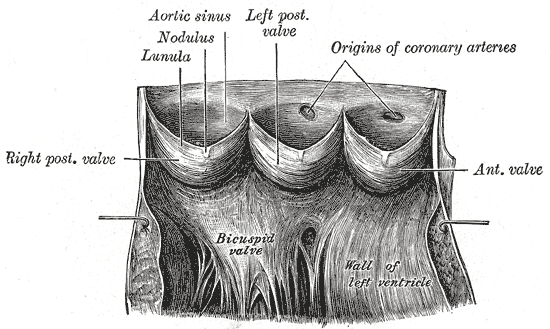



Aortic Sinus Wikipedia



Www Ajronline Org Doi Pdf 10 2214 Ajr 09 3570
The three bulges of the aortic wall are named the sinuses of Valsalva, after the Italian anatomist Antonio Valsalva Two of the three sinuses host the origin of the coronary arteries and the sinuses are termed accordingly the left, right and noncoronary sinus They are limited proximally by the attachments of the valve leaflets and distally by the sinotubular junction At their base · BAV and trileaflet aortic valve (TAV) aortopathies represent a heterogeneous disease population A longstanding quandary concerning the retention versus replacement of the sinus has provoked many clinical discussions · The sinus of Valsalva was measured as cusptocommissure where all three aortic valve cusps were evenly represented The sinotubular junction was measured at the narrowest level in the transition of the aortic root to the ascending aorta Measurements of the ascending and descending aorta The level of measurement for the ascending and middescending aorta was



Www ts Org tsimis Sitedownloads Ics17 Friday 1315 Coselli Pdf




Isolated Bicuspid Aortic Valve Repair With Double Annuloplasty How I Teach It The Annals Of Thoracic Surgery
· Takayasu's arteritis (TA) is an inflammatory disease of unknown etiology involving the aorta and its branches, and also causes aortic regurgitation (AR) One of the most serious but rare complications after aortic valve replacement (AVR) in TA isA Sinus of Valsalva Aneurysm (SOVA) is an enlargement of the aortic root area between the aortic valve annulus and the sinotubular ridge In a normal heart, both the left and right sinus contains their respective coronary artery ostia, whereas the posterior sinus is a non coronary sinus 1 SOVA is a congenital or acquired cardiac defect whichIn fact, the sinuses of Valsalva play an important role in the proper functioning of the native aortic valve and it can be hypothesized that the same favourable effects may improve the durability




Sinus Of Valsalva Aneurysm
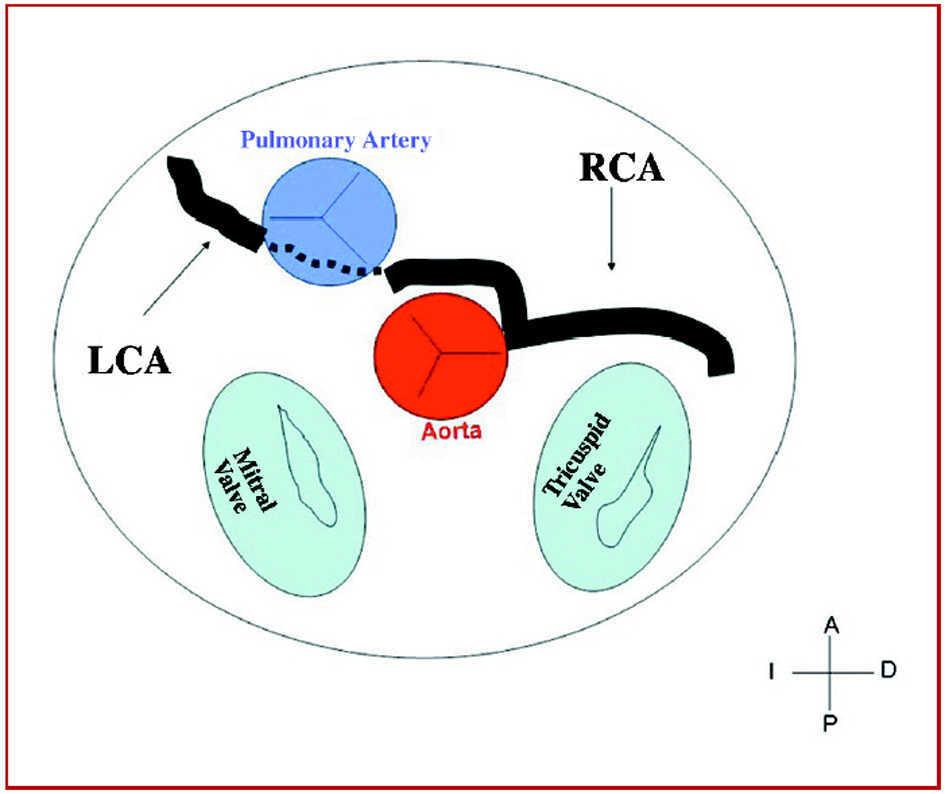



Congenital Coronary Artery Anomalies With Origin In The Contralateral Sinus Of Valsalva Which Approach Should We Take Revista Espanola De Cardiologia
The collar provides anular stabilization, while the skirt simulates the sinuses of Valsalva Valvesparing aortic root replacement 261 Operative Technique Figure 3 Standard full sternotomy is important for adequate exposure Aprotinin and intraoperative transesophageal echocardiography are used routinely We prefer to cannulate the aorta in the proximal arch rather than in theValsalva sinus the space between the superior aspect of each cusp of the aortic valve and the dilated portion of the wall of the ascending aorta Synonym(s) aortic sinus Valsalva test when the heart is monitored during the Valsalva maneuver, there is a characteristic complex sequence of cardiocirculatory events, departure from which indicates disease or malfunction
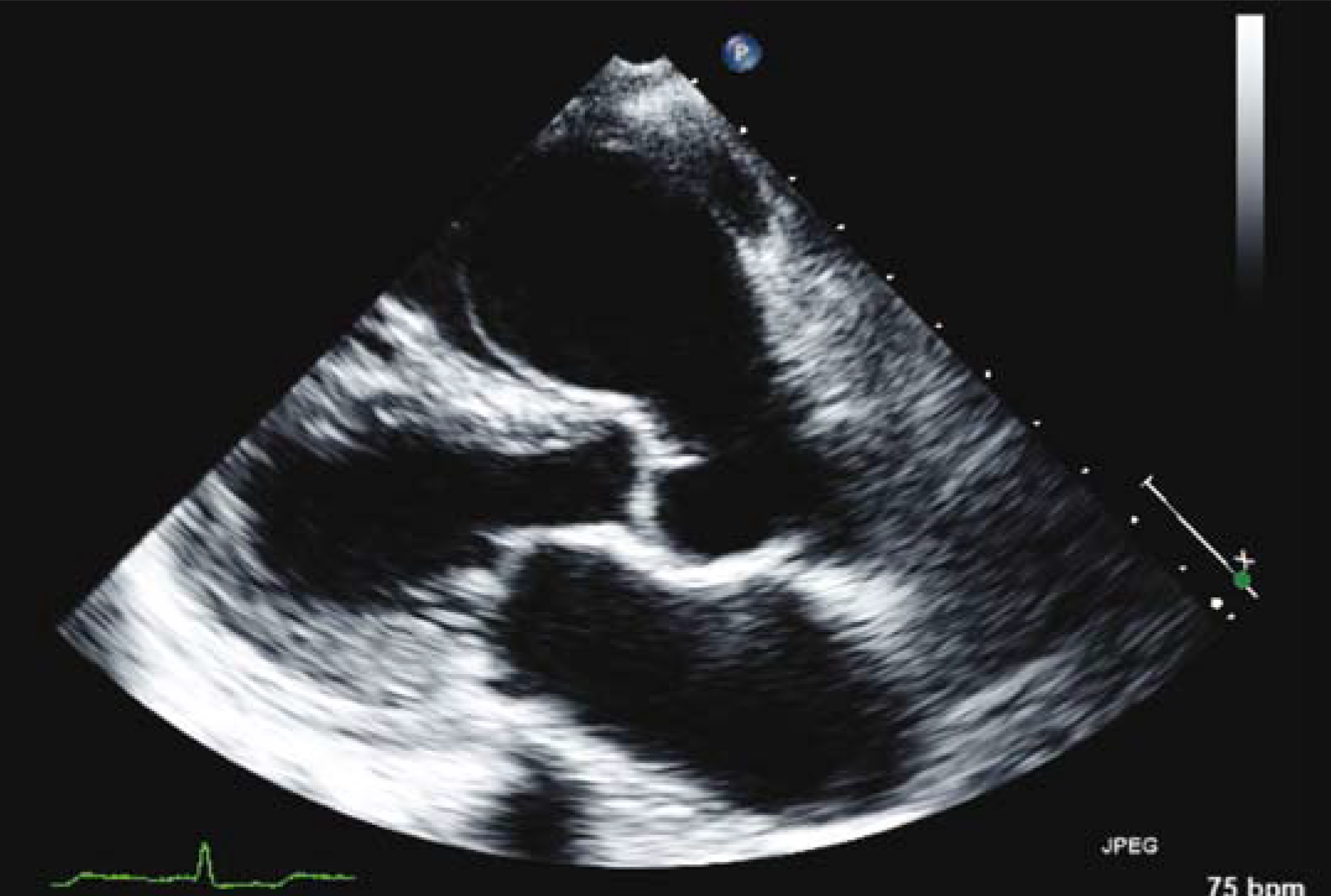



Aneurysm Of The Sinus Of Valsalva The British Journal Of Cardiology
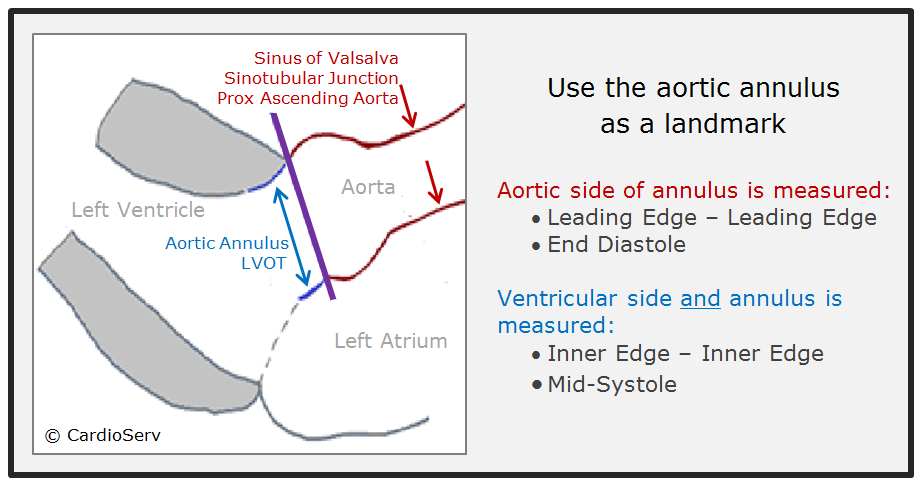



How To Master Aortic Measurements With These 5 Techniques




Aortic Valve Annuloplasty New Single Suture Technique The Annals Of Thoracic Surgery




Aortic Measurements On Echocardiography Aortic Annulus Grepmed
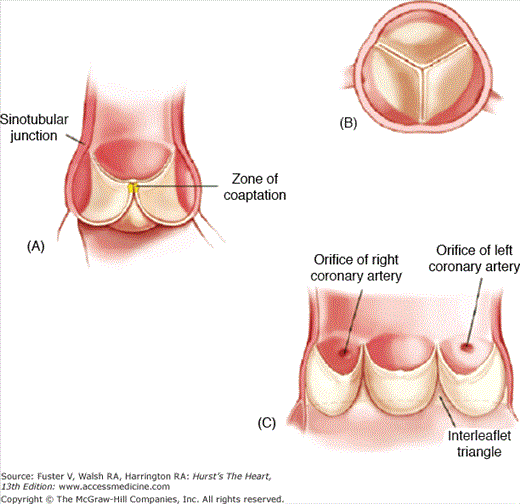



Aortic Valve Disease Thoracic Key




Pin On Twu Anatomy Eponyms




Cureus A Short Case Report On Ruptured Sinus Of Valsalva Aneurysm
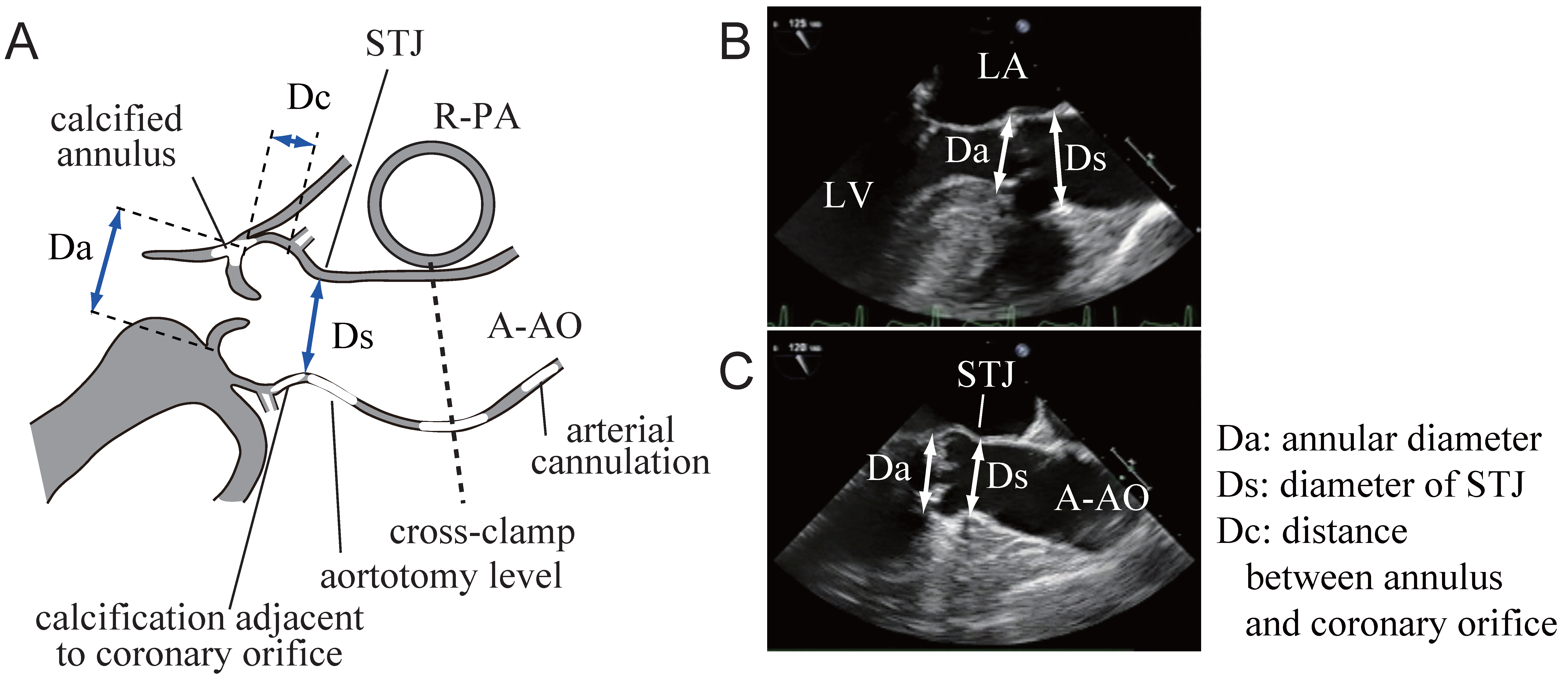



Aortic Valve Replacement For Calcified Aortic Valves Intechopen




Echocardiography To Diagnose An Evolving Sinus Of Valsalva Fistula From Infective Endocarditis Journal Of Cardiothoracic And Vascular Anesthesia
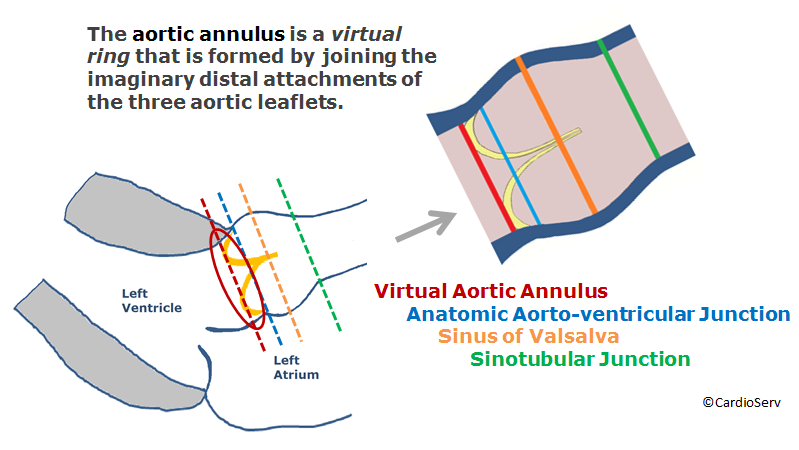



How To Master Aortic Measurements With These 5 Techniques



1
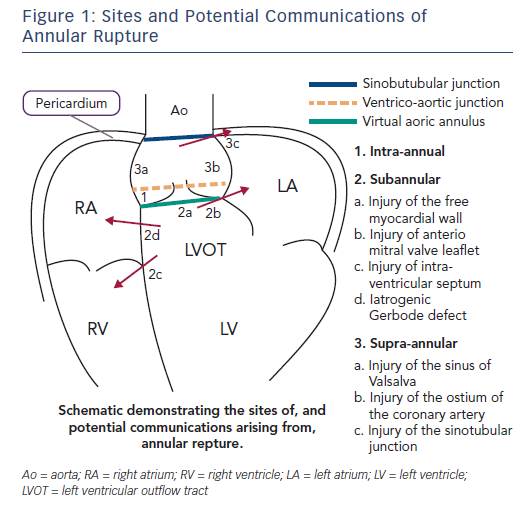



Annular Rupture During Transcatheter Aortic Valve Implantation Predictors Management And Outcomes Icr Journal




In Vitro Evaluation Of A New Aortic Valved Conduit The Journal Of Thoracic And Cardiovascular Surgery




An Extracardiac Unruptured Right Sinus Of Valsalva Aneurysm Complicated With Atherothrombosis In Echo Research And Practice Volume 3 Issue 1 16




Ruptured Sinus Of Valsalva Aneurysm Diagnosis By Community Echocardiography In Echo Research And Practice Volume 7 Issue 4
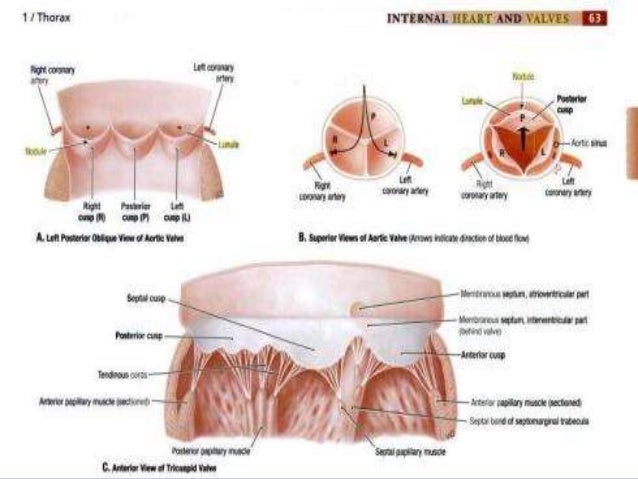



Echocardiographic Evaluation Of Aortic Stenosis
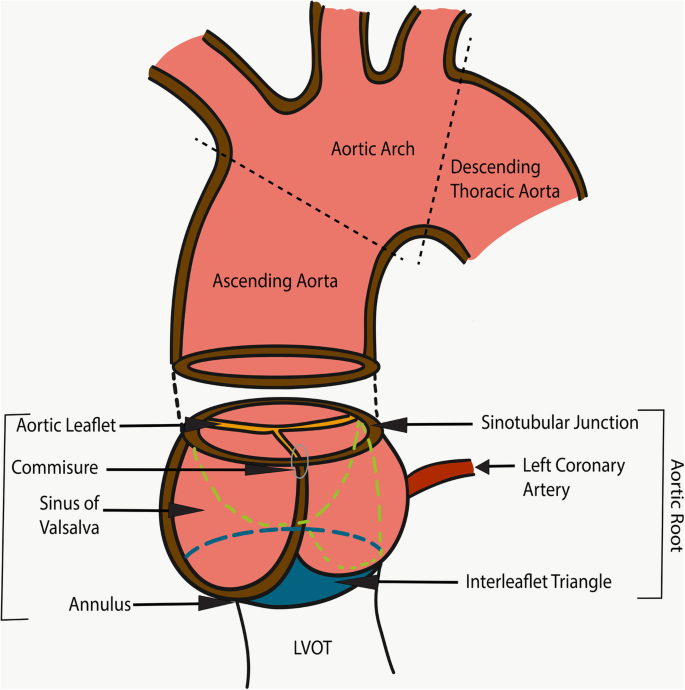



Imaging Of The Aortic Root On High Pitch Non Gated And Ecg Gated Ct Awareness Is The Key Insights Into Imaging Full Text




References In Sinus Of Valsalva Aneurysms A State Of The Art Imaging Review Journal Of The American Society Of Echocardiography
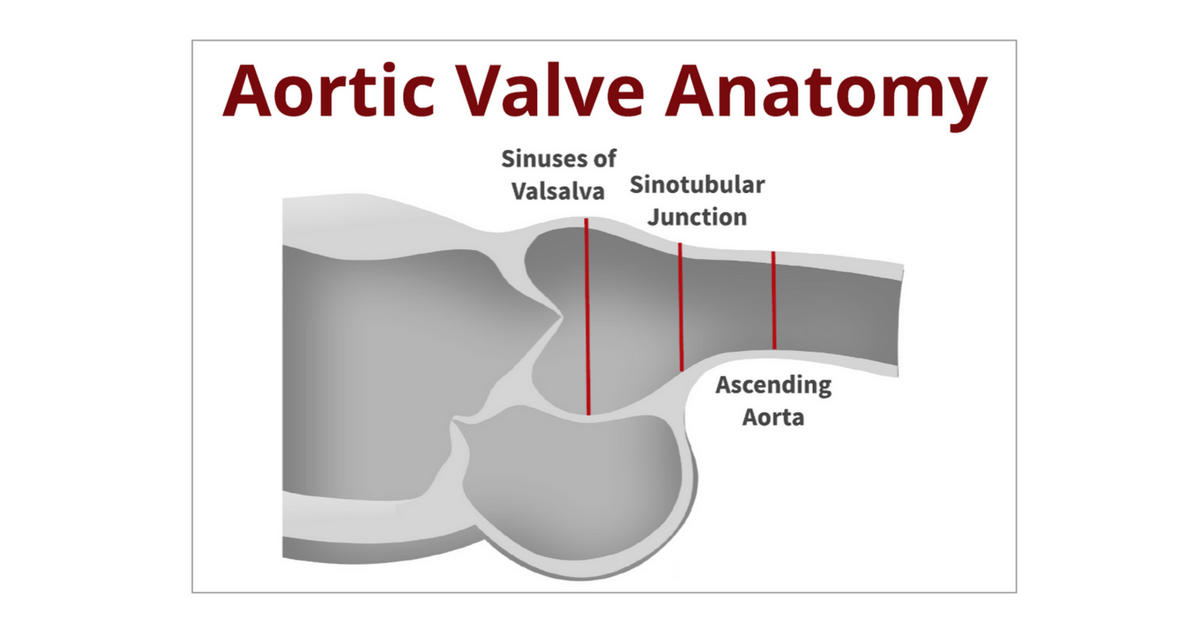



Back To The Basics Aortic Valve Anatomy




References In Sinus Of Valsalva Aneurysms A State Of The Art Imaging Review Journal Of The American Society Of Echocardiography




Valsalva Sinus Aneurysms Findings At Ct And Mr Imaging Radiographics
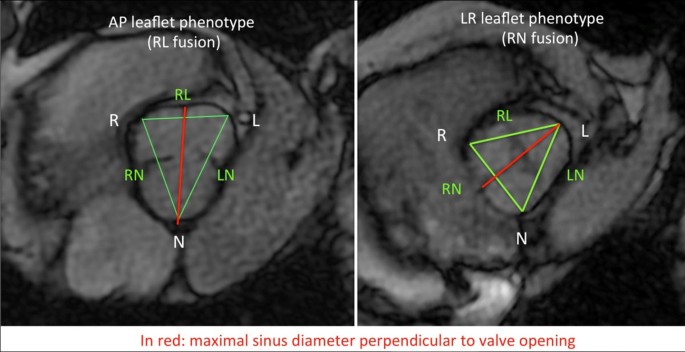



Valsalva Sinus Asymmetry In Bicuspid Aortic Valve Diameter Through Fused Cusp Is Smaller Than Diameter Through Nonfused Cusp But Maximal Diameter Is The Same Whatever The Phenotype When Estimated By Cmr
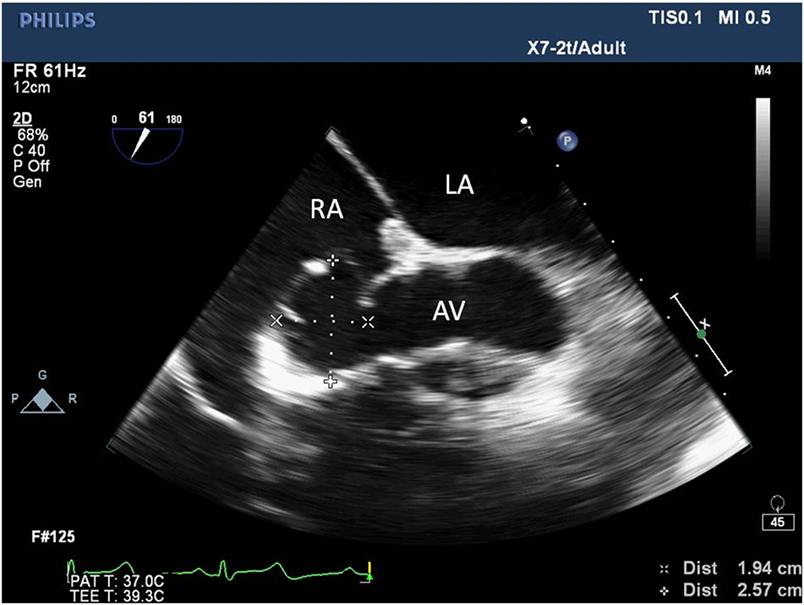



Frontiers Incidental Finding Of An Aorto Right Atrial Fistula In A Patient Undergoing Repair Of A Sinus Of Valsalva Aneurysm Medicine
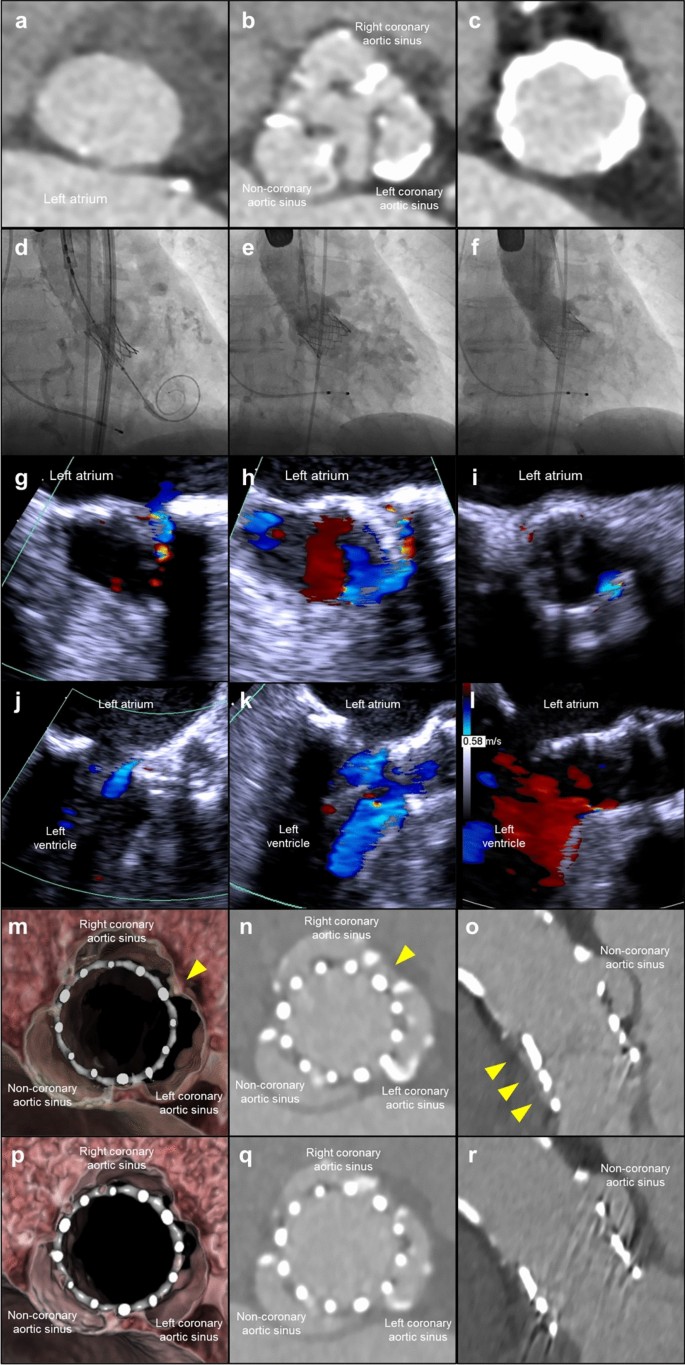



Successful Percutaneous Balloon Aortic Valvuloplasty For Worsening Paravalvular Leakage Detected One Week After The Balloon Expandable Transcatheter Aortic Valve Replacement Springerlink




Rupture Of Right Sinus Of Valsalva Aneurysm Protruding Into The Pulmonary Artery With Aortic And Pulmonary Valve Endocarditis Jung Journal Of Thoracic Disease



Q Tbn And9gcs Qns9zv5vdjerf7n02ly31unqmibalgp5bz I6ovwrbeeqpio Usqp Cau
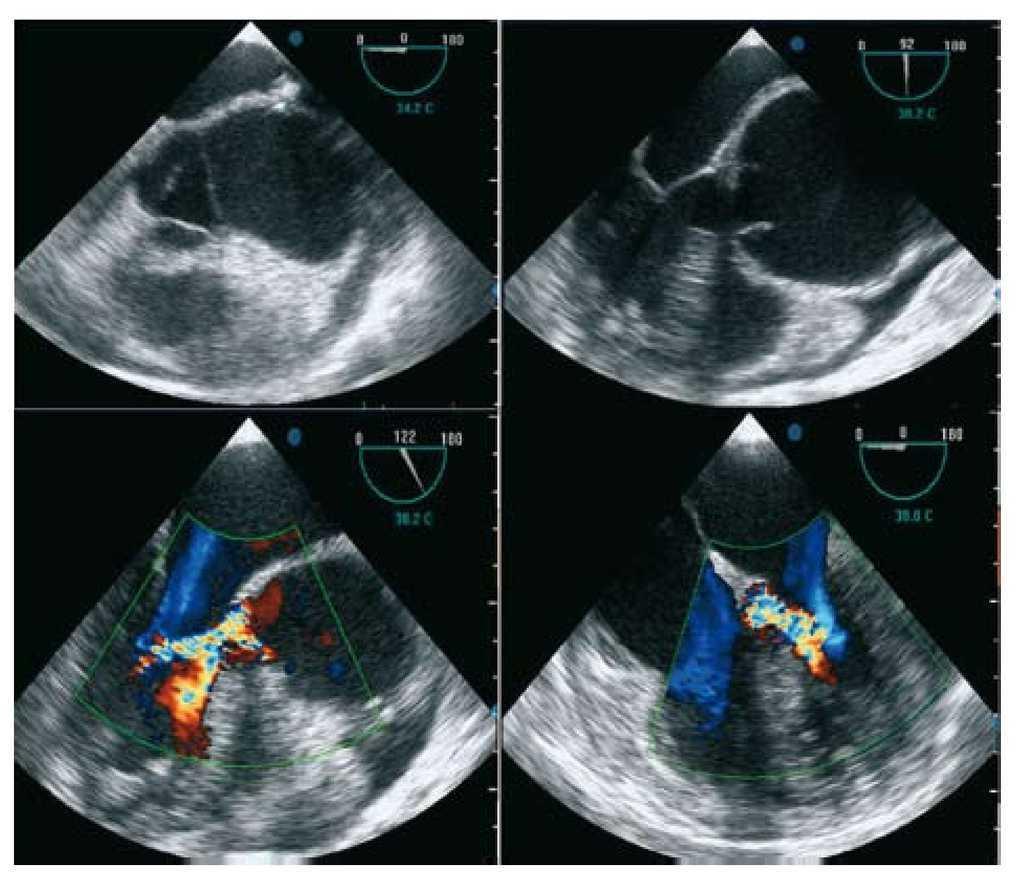



Rupture Of A Left Sinus Of Valsalva Aneurysm Into The Pericardial Cavity Revista Espanola De Cardiologia




Relation Of The Aneurysm Of The Left Coronary Sinus Of Valsalva To The Download Scientific Diagram




Aortic Valve Anesthesia Key




References In Sinus Of Valsalva Aneurysms A State Of The Art Imaging Review Journal Of The American Society Of Echocardiography




Sinus Of Valsalva Aneurysms A Review With Perioperative Considerations Journal Of Cardiothoracic And Vascular Anesthesia



1




Sinus Of Valsalva Fistula With Quadricuspid Aortic Valve A First Reported Association International Journal Of Cardiology
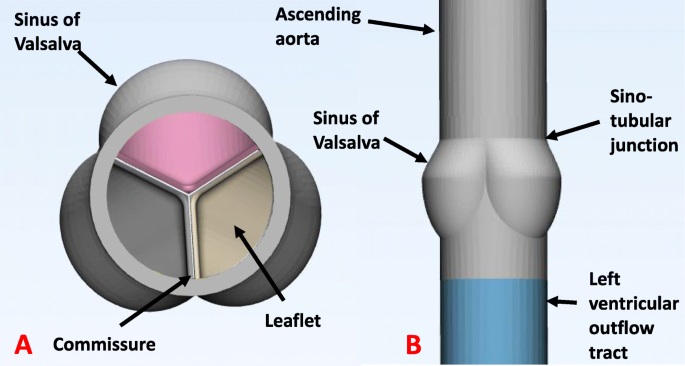



Simulation Of Semilunar Valve Function Computer Aided Design 3d Printing And Flow Assessment With Mr 3d Printing In Medicine Full Text



Www Jtcvs Org Article S0022 5223 17 X Pdf




Dynamic Three Dimensional Geometry Of The Aortic Valve Apparatus A Feasibility Study Journal Of Cardiothoracic And Vascular Anesthesia




Aortic Valve Anatomy Critical Care Sonography




Giant Unruptured Sinus Of Valsalva Aneurysm An Unusual Cause Of Aortic Regurgitation Heart




Echocardiographic Measurement Sites 1 Aortic Valve Annulus 2 Download Scientific Diagram
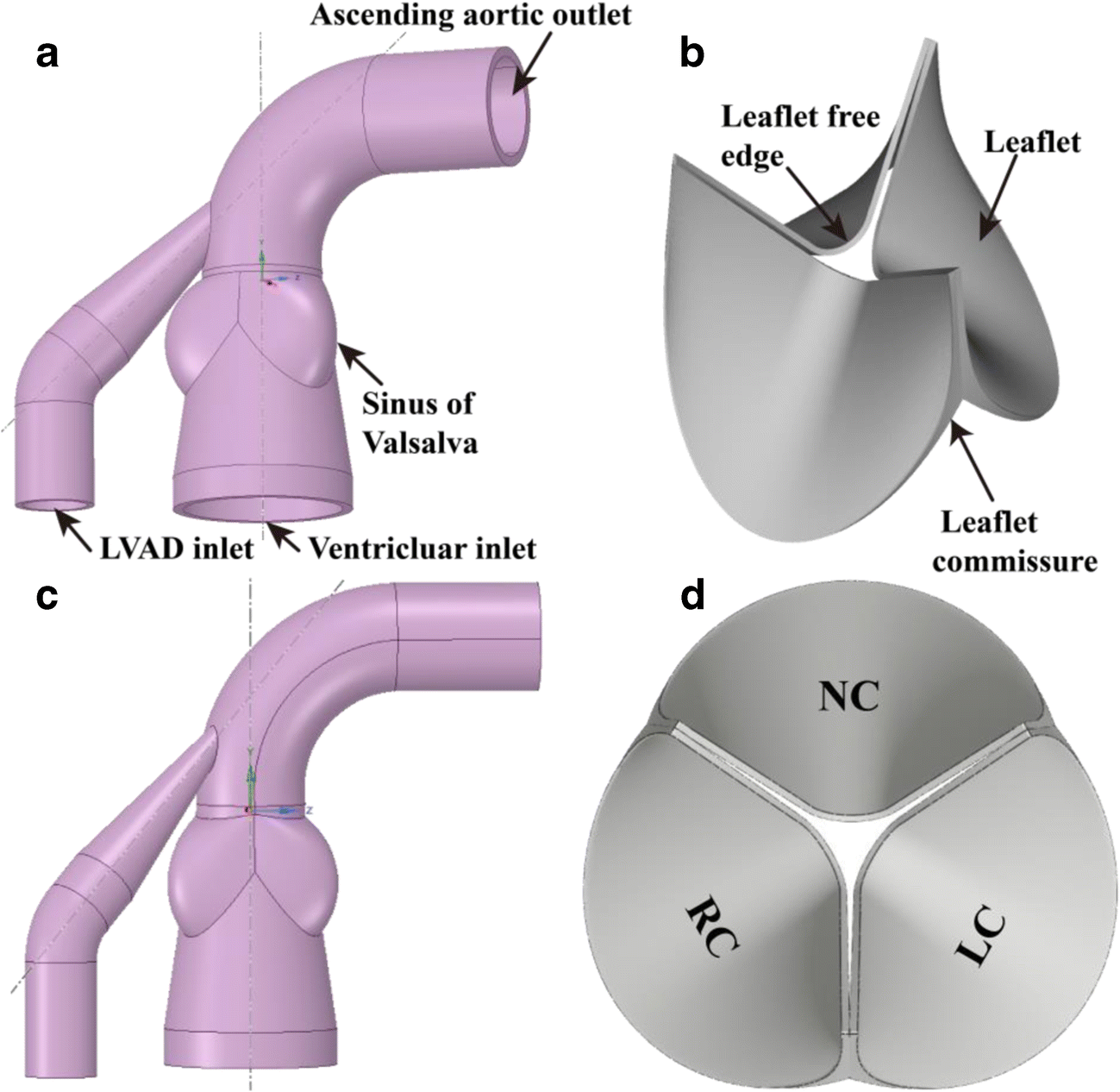



Figure 1 Hemodynamic Effects Of Support Modes Of Lvads On The Aortic Valve Springerlink




Sinus Of Valsalva Aneurysm With Right Ventricular Outflow Tract Obstruction Circulation




Aortic Sinuses




Using Machine Learning To Classify Bicuspid Aortopathy Consult Qd
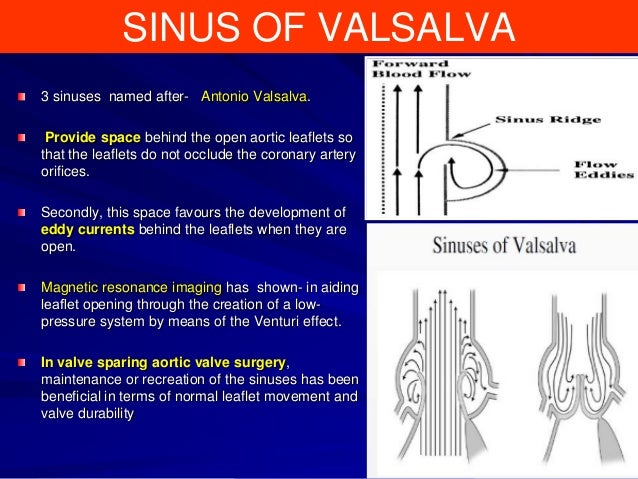



Sinus Of Valsalva Aneurysm




Pdf Bicuspid Aortic Valve An Unusual Cause Of Aneurysm Of Left Coronary Sinus Of Valsalva Semantic Scholar




Pre And Postoperative Imaging Of The Aortic Root Radiographics
33016-x.fp.png)



Sinus Of Valsalva Rupture In A Patient With A Bicuspid Aortic Valve Journal Of The American College Of Cardiology




Sinus Of Valsalva Thrombosis Following Transcatheter Aortic Valve Replacement In A Bicuspid Aortic Valve Jacc Cardiovascular Interventions




A Schematic Of The Constructed Aortic Valve And Sinuses Of Valsalva Download Scientific Diagram




Aortic Valve An Overview Sciencedirect Topics
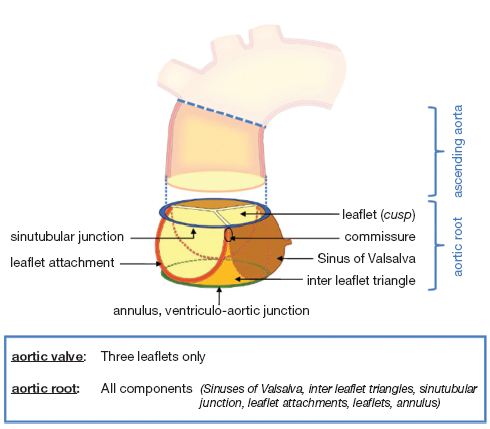



Anatomy Of The Aortic Root Implications For Valve Sparing Surgery Charitos Annals Of Cardiothoracic Surgery
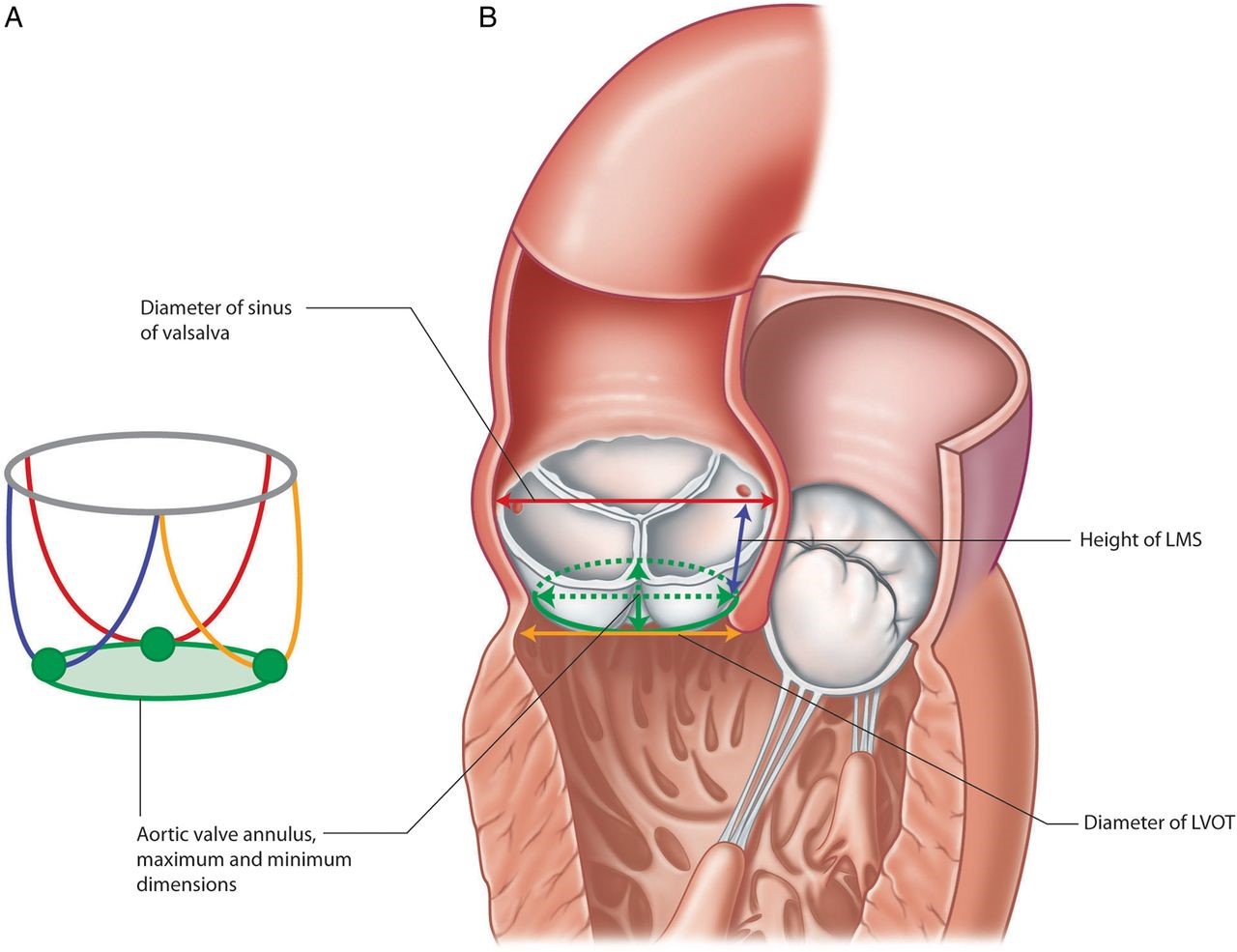



Epos



Www ts Org tsimis Sitedownloads Ics17 Friday 1315 Coselli Pdf




The American Association For Thoracic Surgery Consensus Guidelines On Bicuspid Aortic Valve Related Aortopathy Full Online Only Version Abstract Europe Pmc
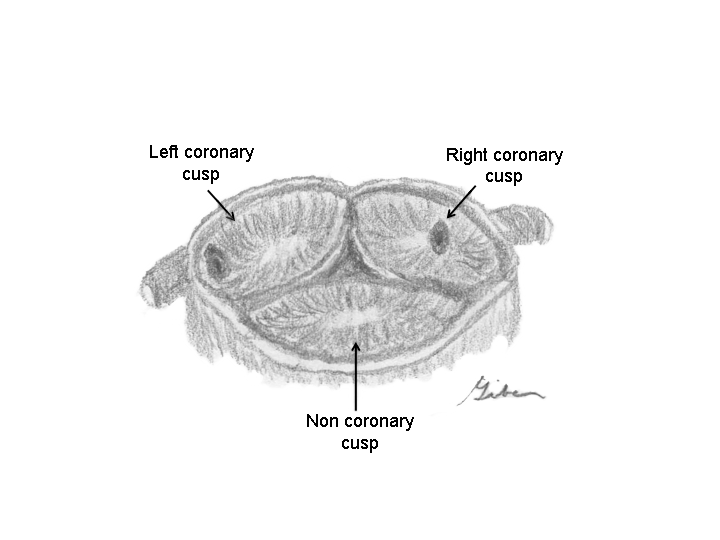



Aortic Sinus Wikidoc
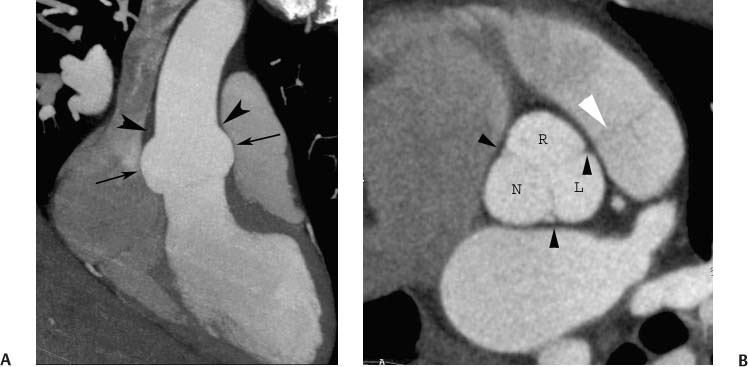



Normal Coronary Anatomy Radiology Key




Figure 1 From A 23 Year Old Man With A Continuous Heart Murmur Semantic Scholar
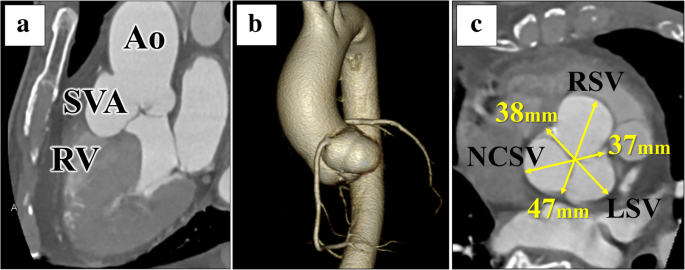



Florida Sleeve Technique For A Right Sinus Of Valsalva Aneurysm A Case Report Surgical Case Reports Full Text




Imaging Of The Aortic Valve With Mri And Ct Angiography Clinical Radiology




Automatic Measurement Of The Sinus Of Valsalva By Image Analysis Sciencedirect




The Aortic Root And The Aortic Valve




Aneurysm Of The Sinus Of Valsalva Seminars In Thoracic Cardiovascular Surgery Pediatric Cardiac Surgery Annual




Jaypeedigital Ebook Reader



3d Ct Image Of The Aortic Root Containing The Sinuses Of Valsalva Download Scientific Diagram



Http Learningradiology Com Lectures Cardiaclectures Mischeartdiseasesweb Pdf
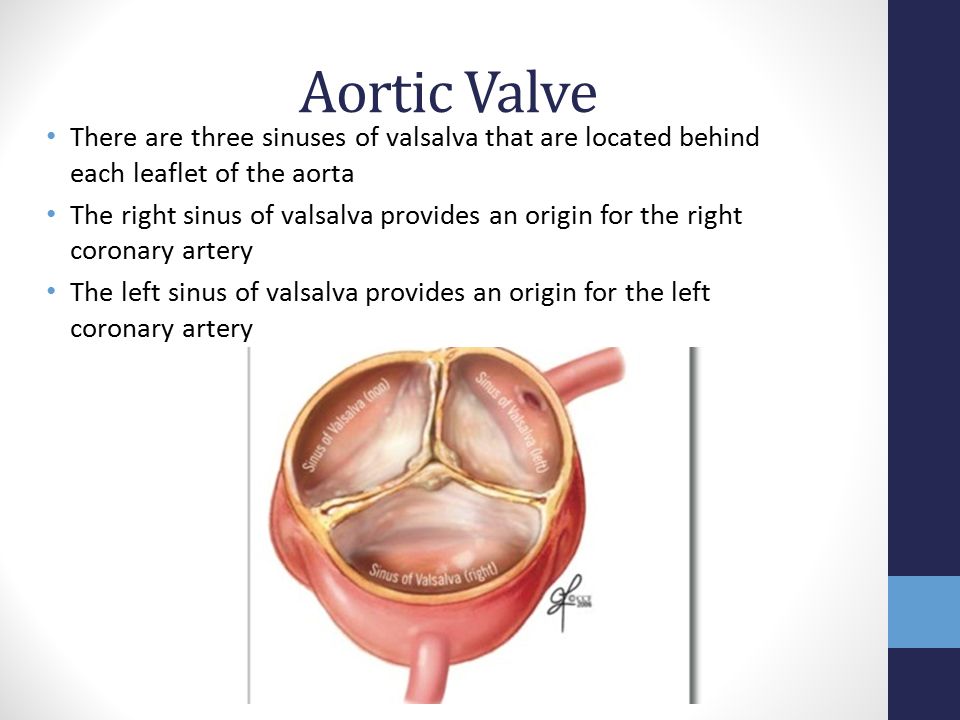



Aortic Stenosis And Tavr Ppt Video Online Download
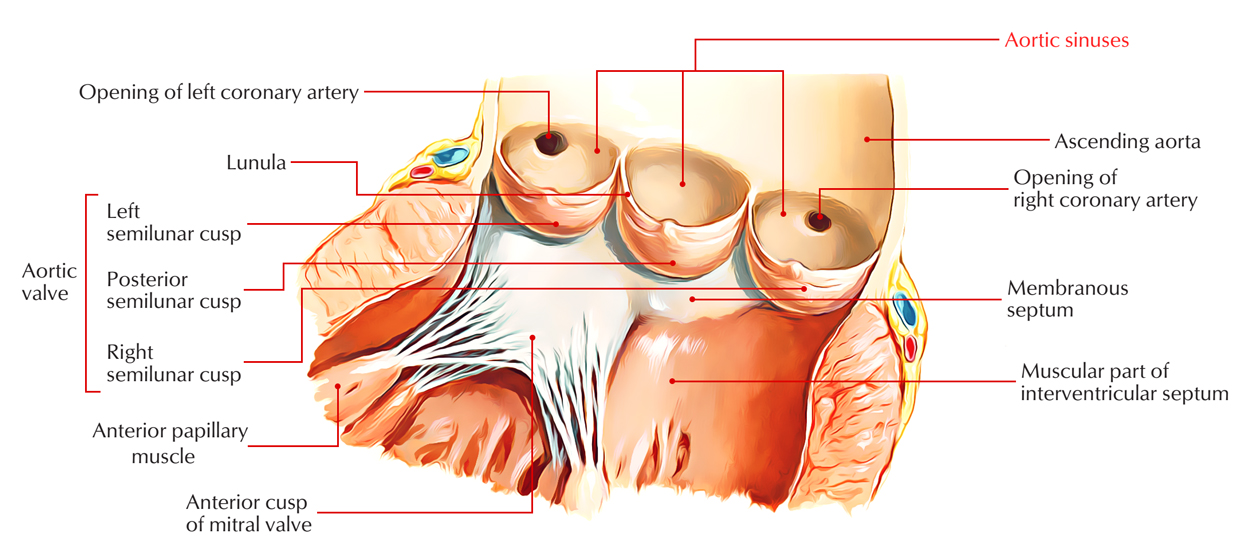



Aortic Sinuses Earth S Lab



Thorax Bmj Com Content Thoraxjnl 25 1 79 Full Pdf




Sinus Of Valsalva Aneurysm From Left Sinus Circulation Cardiovascular Imaging
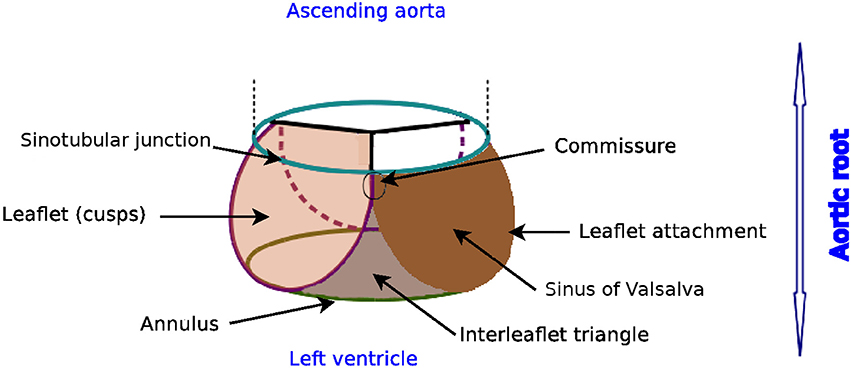



Frontiers 3d Fluid Structure Interaction Simulation Of Aortic Valves Using A Unified Continuum Ale Fem Model Physiology



3
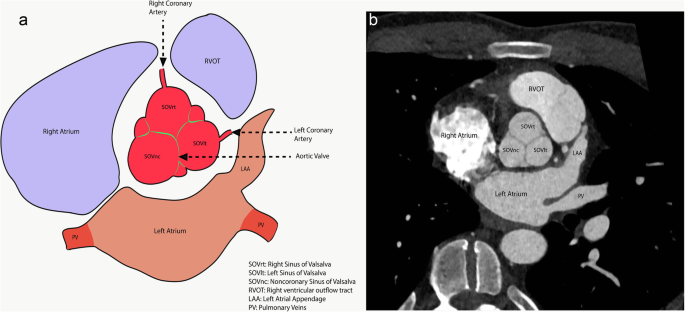



Imaging Of The Aortic Root On High Pitch Non Gated And Ecg Gated Ct Awareness Is The Key Insights Into Imaging Full Text




Aneurysm Of Sinus Of Valsalva An Overview Sciencedirect Topics




Aortic Sinus An Overview Sciencedirect Topics
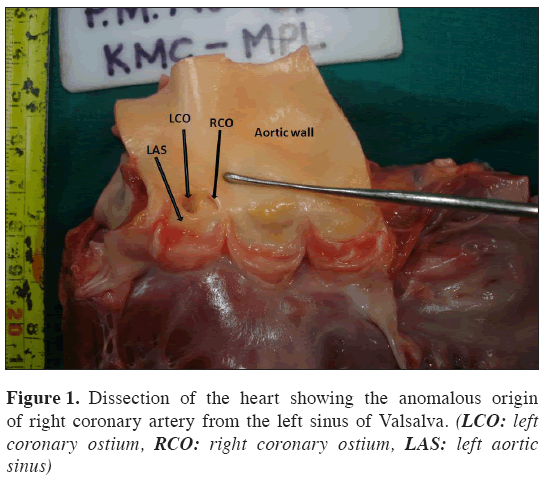



Origin Of Right Coronary Artery From The Left Sinus Of Valsalva
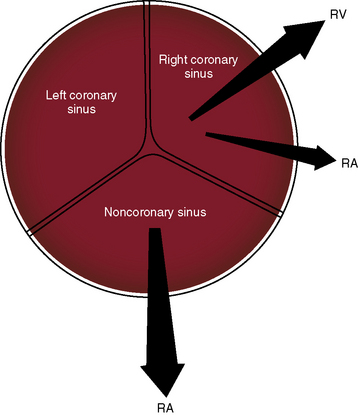



Congenital Aneurysms Of The Sinuses Of Valsalva Thoracic Key
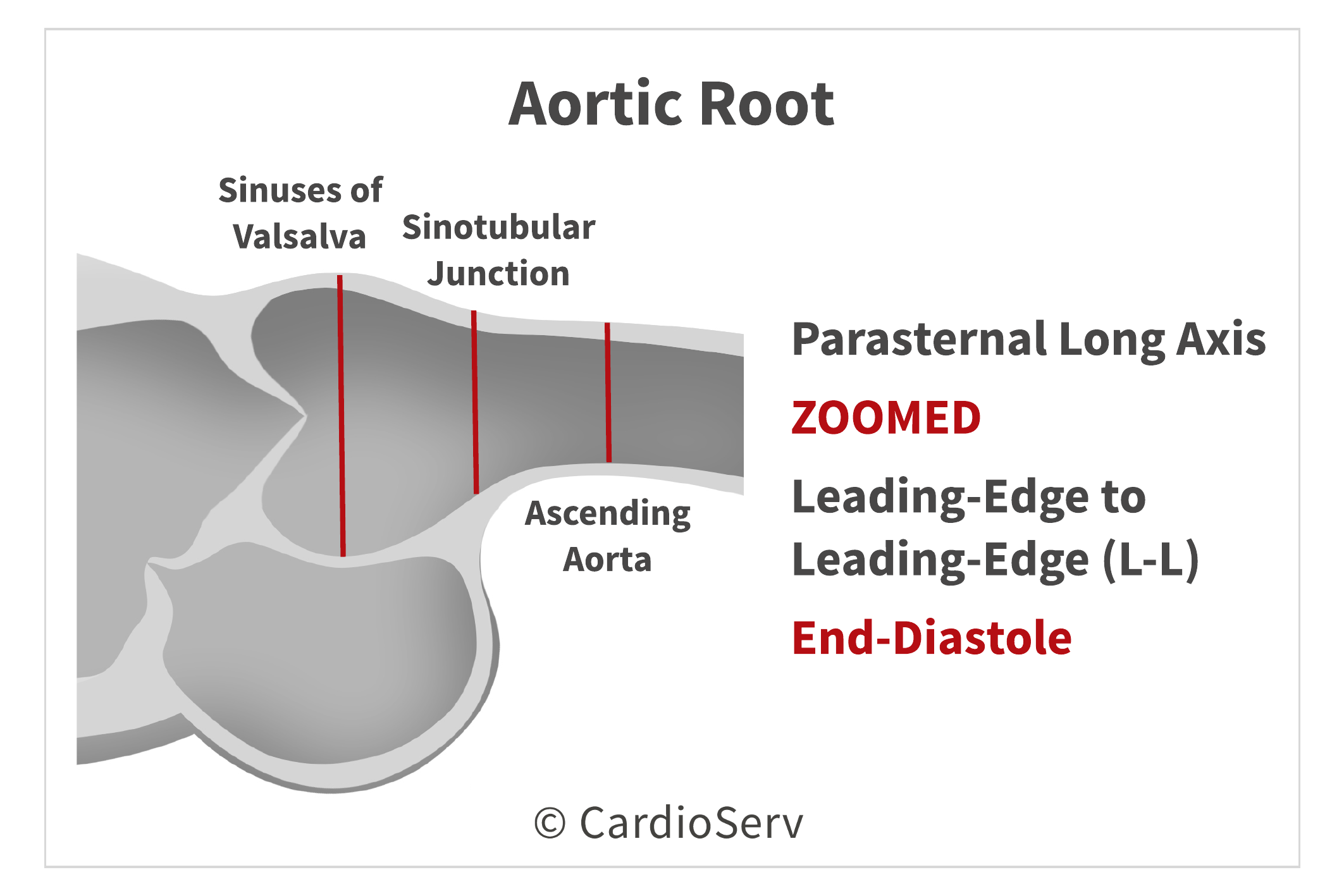



Back To The Basics Aortic Valve Anatomy
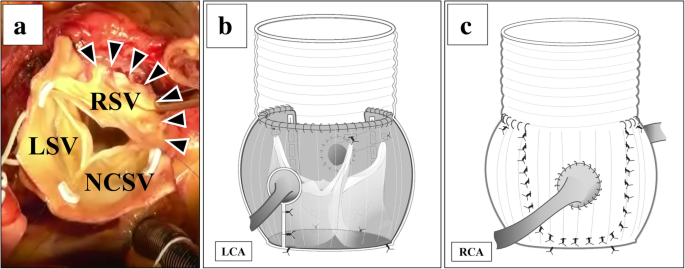



Florida Sleeve Technique For A Right Sinus Of Valsalva Aneurysm A Case Report Surgical Case Reports Full Text




Sinus Of Valsalva Aneurysm From Left Sinus Circulation Cardiovascular Imaging
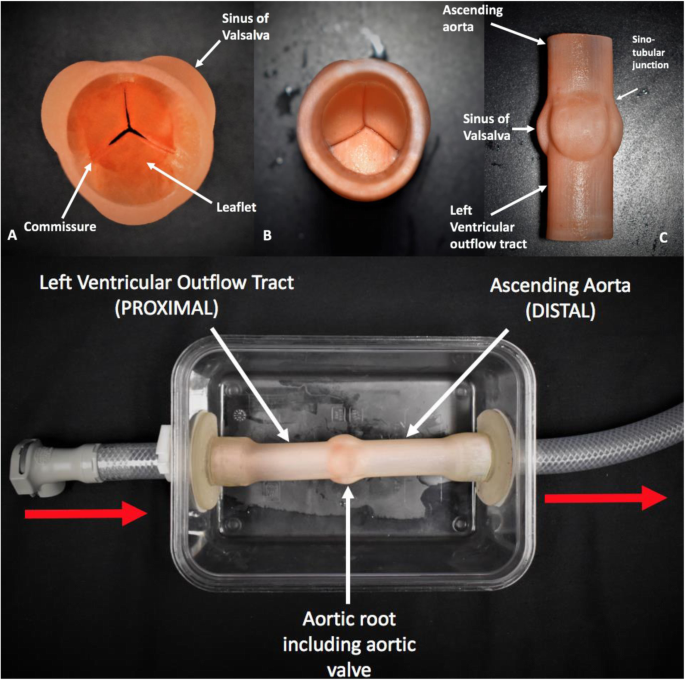



Simulation Of Semilunar Valve Function Computer Aided Design 3d Printing And Flow Assessment With Mr 3d Printing In Medicine Full Text




Anatomy And Function Of Normal Aortic Valvular Complex Intechopen




Tumor Like Appearance In Ruptured Sinus Of Valsalva With Quadricuspid Aortic Valve Journal Of Cardiology Cases




Short Term Results Of Sinus Of Valsalva Aneurysm Repair Semantic Scholar
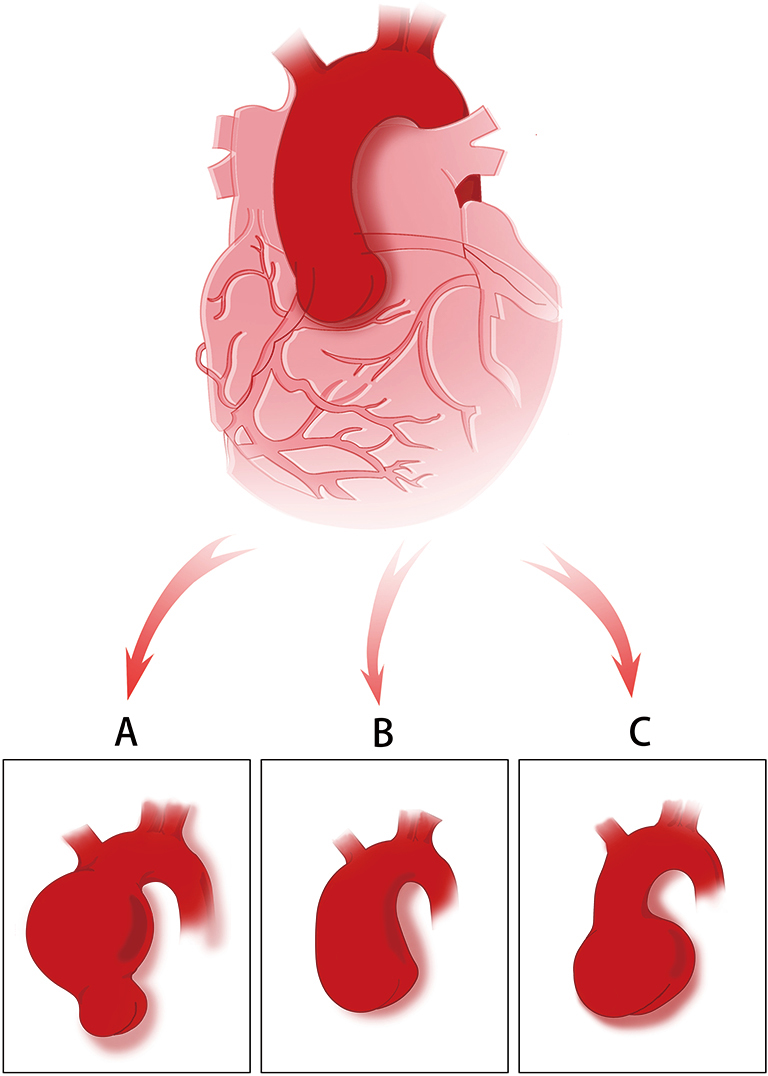



Should Sinus Of Valsalva Be Preserved In Patients With Bicuspid Aortic Valve And Aortic Dilation Wang Journal Of Thoracic Disease


コメント
コメントを投稿